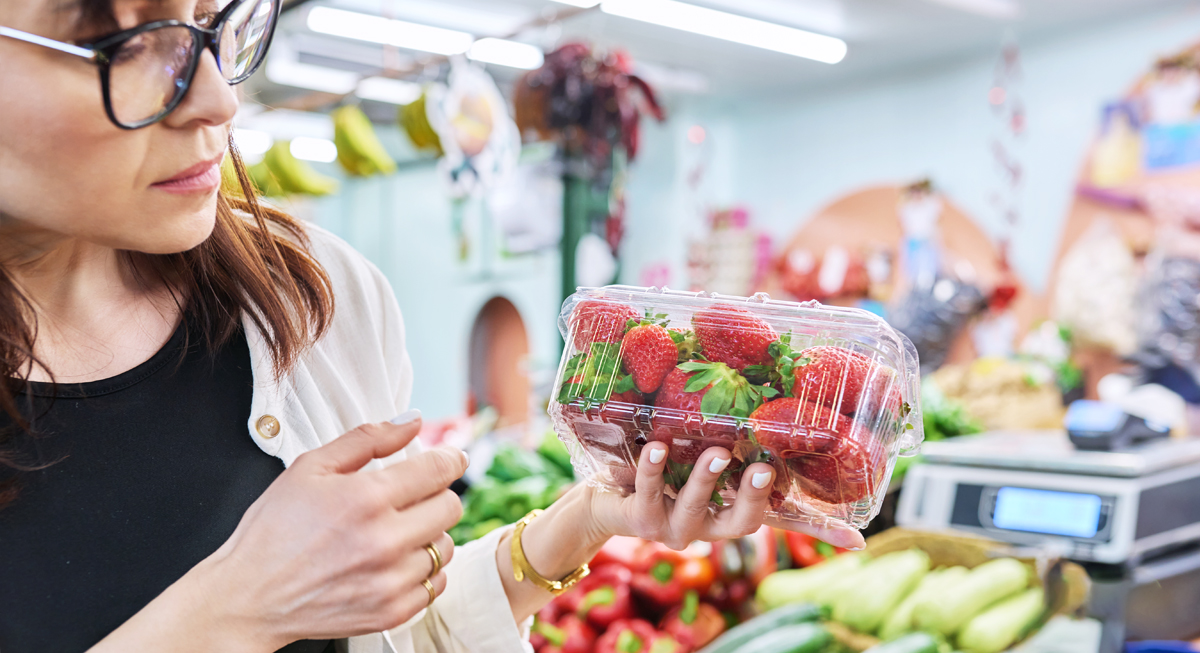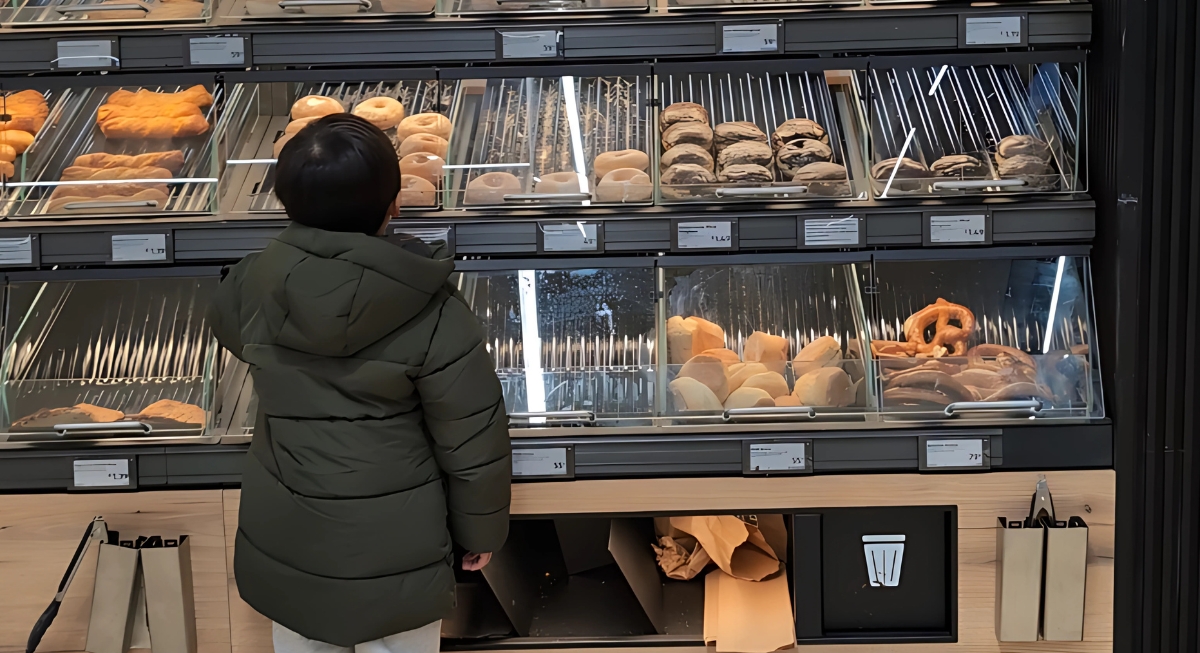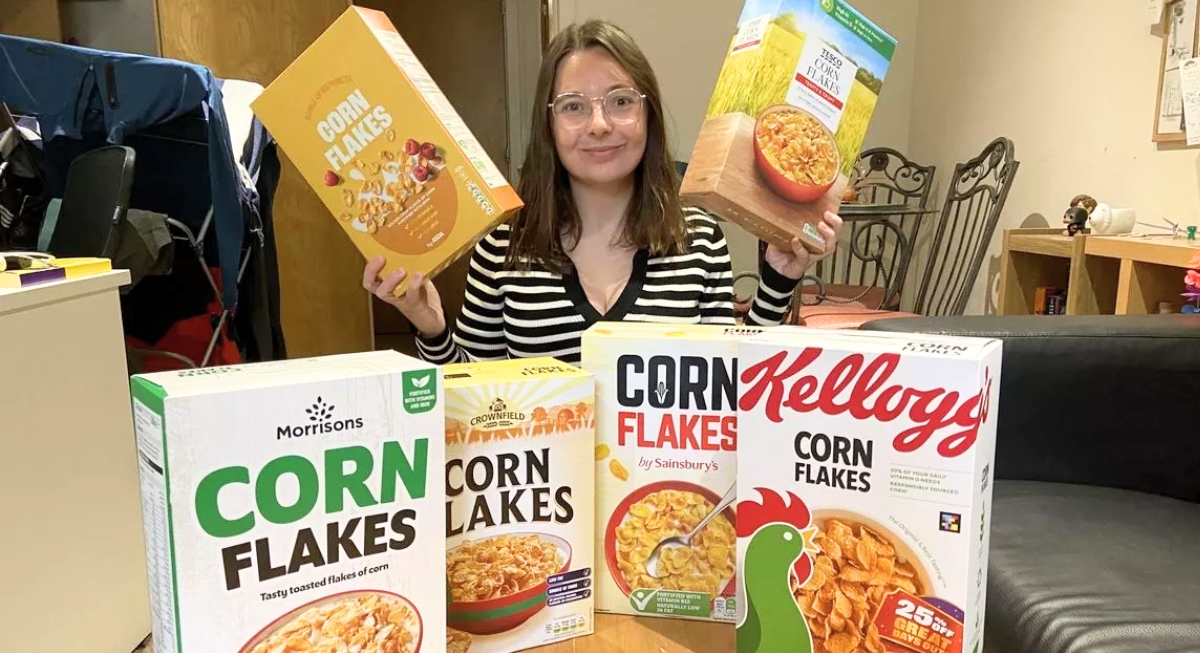Packaging is often the last thing we think about, especially when we’re enjoying our favorite food—until, of course, it drives us crazy. It could be a flimsy seal that won’t open, a wrapper that tears all wrong, or a container that doesn’t close properly. Bad packaging can turn a simple snack or meal into a challenge. This list brings you the most awkward designs and impractical choices when it comes to food packaging. These 15 foods prove that even great products can be ruined by frustrating packaging.
Oreo Sleeves
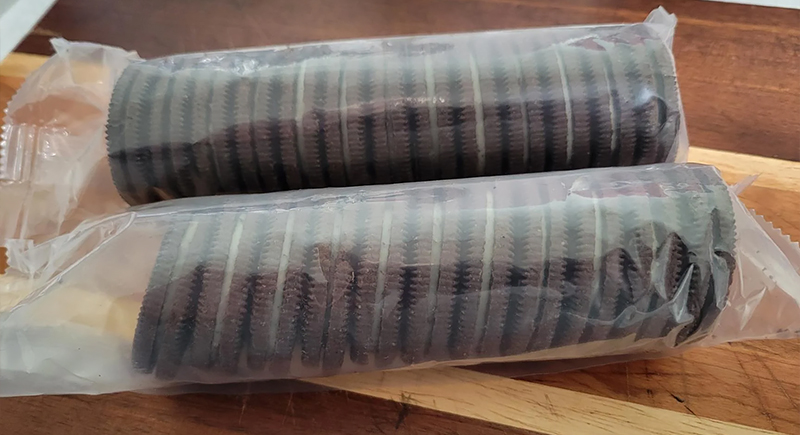
Credit: Reddit
Oreos come in sleeves that lack a resealable option, leaving the cookies exposed to air. This results in stale snacks if you don’t finish the package quickly. Adding a resealable flap would make it easier to keep them fresh. Many snacks already use this feature, so it’s surprising Oreo doesn’t.
Capri Sun Pouches
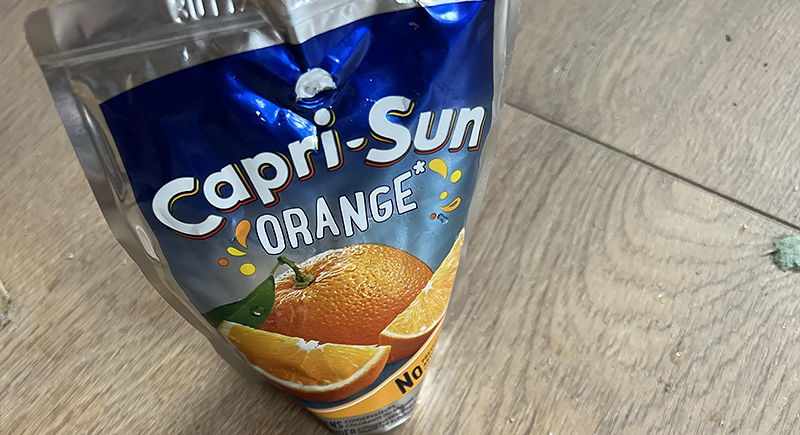
Credit: Reddit
Capri Sun’s drink pouches are a little unusual and may seem fun, but they’re tricky to open. The flimsy straw frequently bends or breaks, and piercing the pouch takes precision. Plus, spills are common if the straw misses the target. The material also makes it challenging to recycle, adding to its long list of issues.
Cereal Bags Inside Boxes
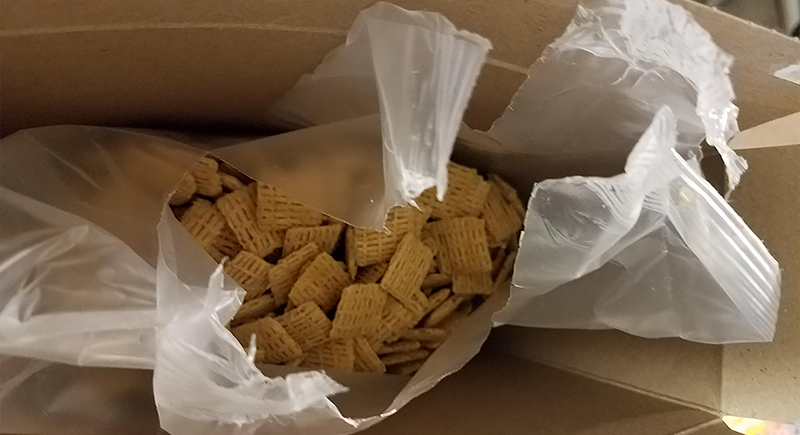
Credit: Reddit
The inner cereal plastic bags are difficult to open neatly and may tear unevenly, leading to sharp edges and spills. Also, once opened, there’s no proper way to reseal them, meaning the cereal can lose its crunch. A zip-top solution would improve storage while reducing waste.
Clamshell Fruit Containers
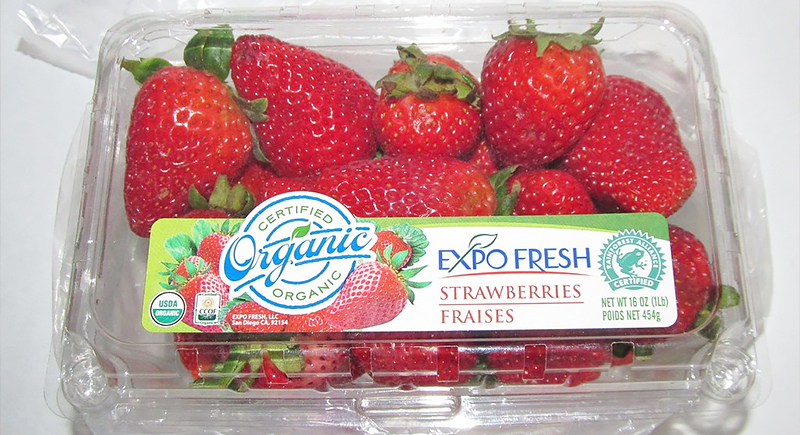
Credit: flickr
Fruits like berries are commonly packaged in clamshell containers. Unfortunately, this packaging isn’t the most user-friendly design. The plastic is pretty fragile, making the lid hard to open without spilling. Sharp edges on some containers also create a safety hazard. A sturdier or snap-lock design would make handling much easier.
Peanut Butter Jars with Narrow Openings
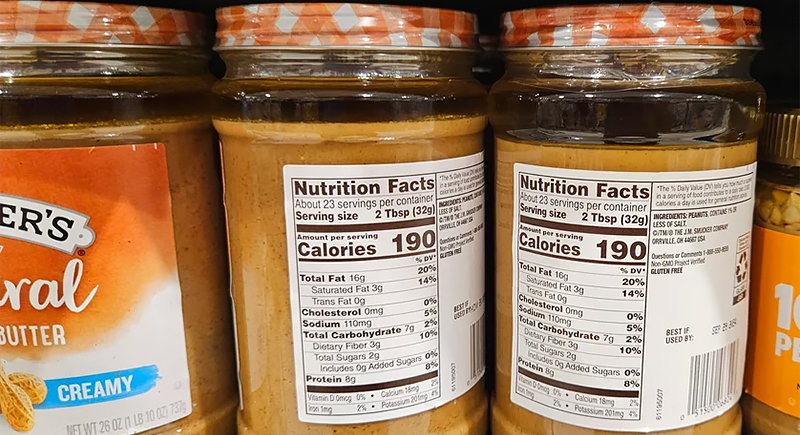
Credit: Reddit
That brings us to the famous peanut butter jars. These jars' small mouths create unnecessary hassle. It’s difficult to scrape out the last bits without using a special tool, and many people end up wasting the product because of the rigid design. A wider opening would let you use regular spoons or spatulas to scoop everything with ease.
Ketchup Sachets
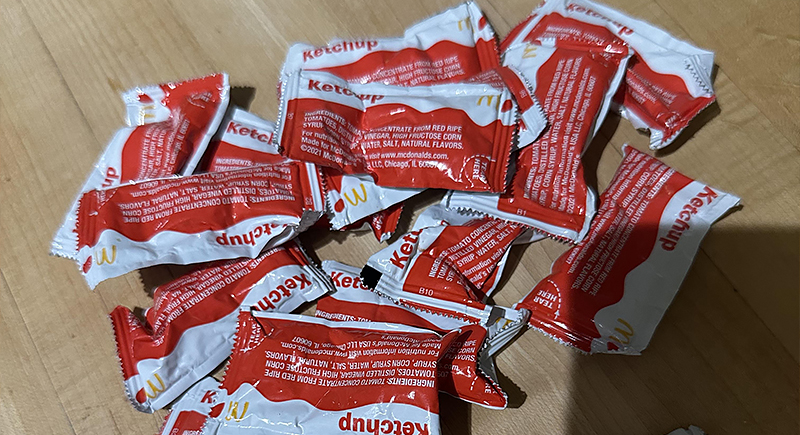
Credit: Reddit
Individual ketchup sachets seem handy, but tearing them open can be quite inconvenient. The tiny tab often requires extra force, leading to messy spills. The portion sizes are also quite small, which means you may need several packets for a single serving. It’s time for a more efficient solution.
Cheese Slice Wrappers
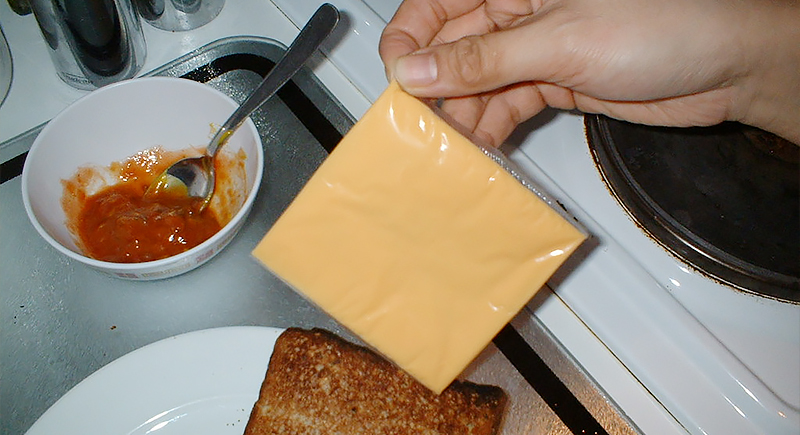
Credit: flickr
Cheese slices wrapped individually seem practical but may require some work to open. The plastic wrapping sticks to the cheese, making it a challenge to remove. This minor annoyance can add up, especially for kids who want a quick snack. A peel-back design would make this much smoother.
Yogurt Tubes
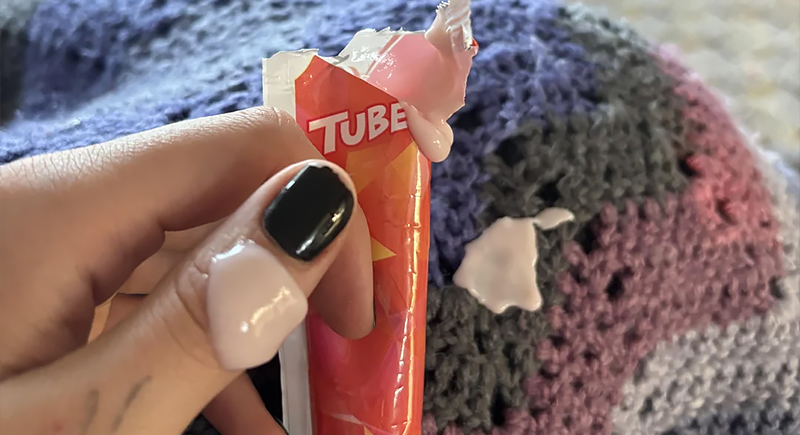
Credit: Reddit
Another grab-and-go snack that’s especially popular with children is yogurt tubes. However, opening them without a mess takes effort. The plastic tears unevenly, sometimes causing yogurt to spill. Once the tube is open, holding it without squeezing can be tricky. An updated design could reduce frustration and improve the overall experience.
Rice Bags Without Resealing Options
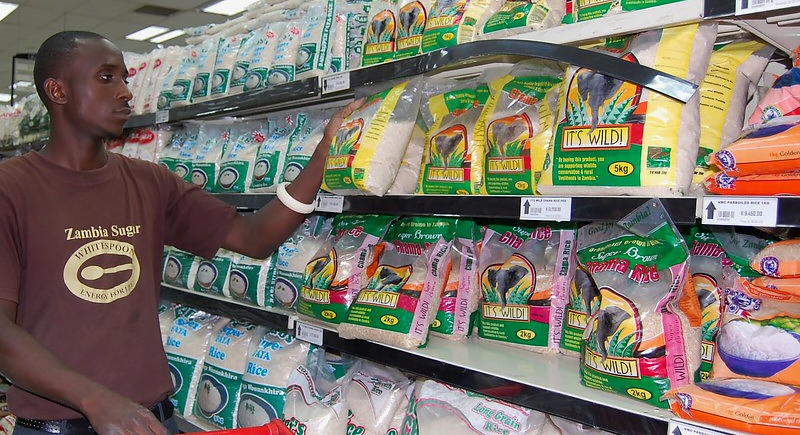
Credit: flickr
Uncooked rice usually comes in bags without built-in closures, creating storage headaches. Once opened, you need clips, rubber bands, or a separate container to keep it from spilling or going stale. A resealable zipper could take care of this issue, making storage easier and reducing food waste.
Soda Can Packs with Plastic Holders
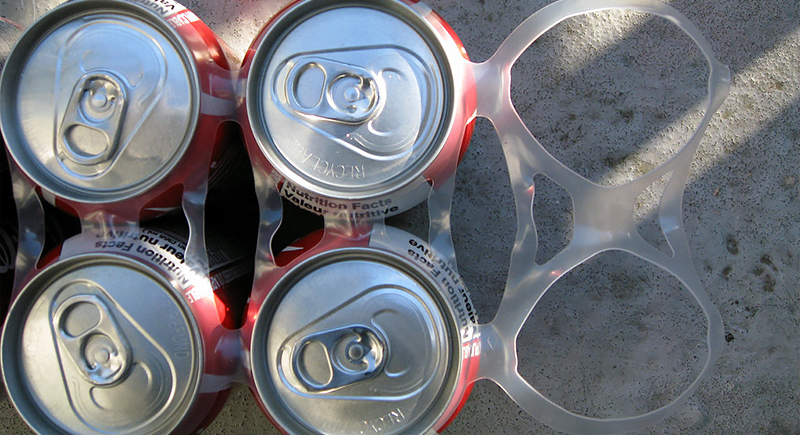
Credit: flickr
Plastic rings used to hold soda cans together are both impractical and harmful to the environment. Detaching the cans without stretching or tearing the rings can be tedious. Many brands now offer cardboard alternatives, which are easier to handle and reduce risks to wildlife if discarded improperly.
Milk Cartons with Fold-Out Spouts
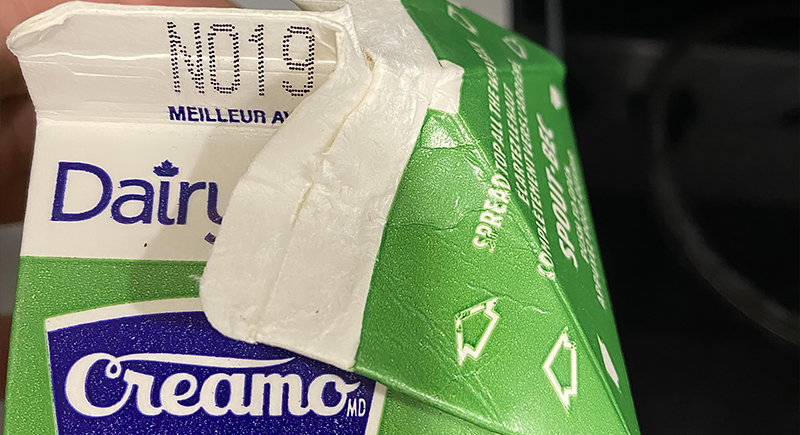
Credit: Reddit
Traditional milk cartons with fold-out spouts can leak during pouring. The spouts don’t fold perfectly, which causes liquid to drip down the sides. Some brands have introduced screw caps as a solution, but older cartons with outdated designs have been really annoying to deal with.
Bagged Salads with Excess Air
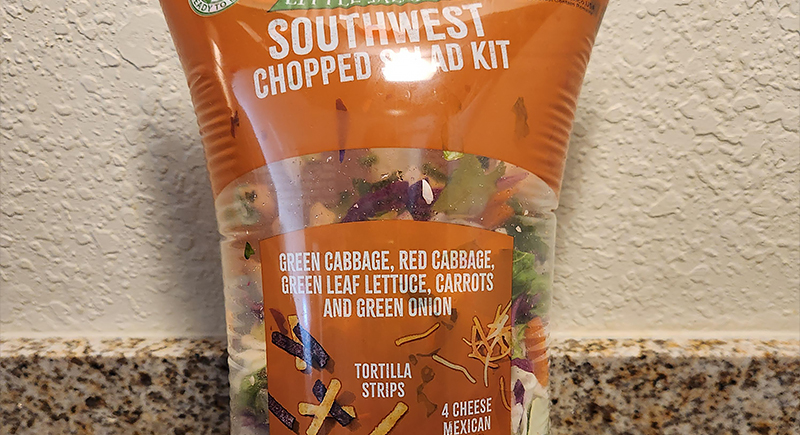
Credit: Reddit
Bagged salads may contain excessive air, making the packages larger than necessary. This bulk takes up fridge space and can mislead buyers into thinking the portions are larger. Using vacuum-sealing or tighter packaging would be more efficient and eco-friendly without affecting product freshness.
Bread Bags Without Durable Closures
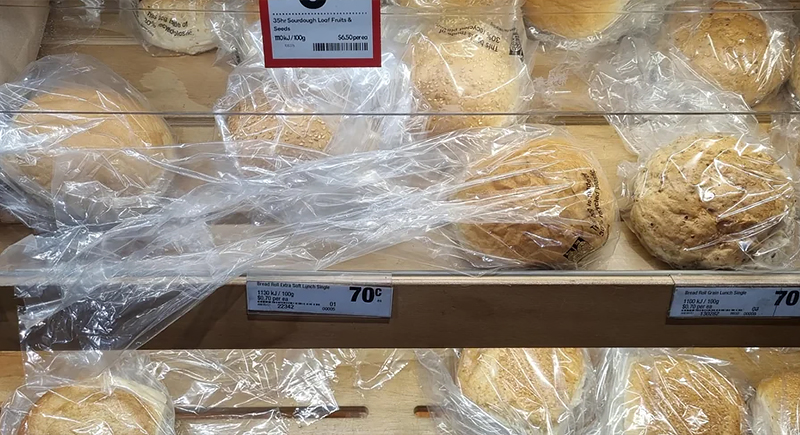
Credit: Reddit
Thin plastic bread bags are easy to tear, especially near the top where they’re twisted shut. And since many don’t include a secure seal, bread can dry out or lose freshness. Some brands include twist ties, but others don’t. Eventually, consumers are left with no choice but to find makeshift solutions. A more durable closure would make storage easier.
Snack Bags Half-Filled with Air
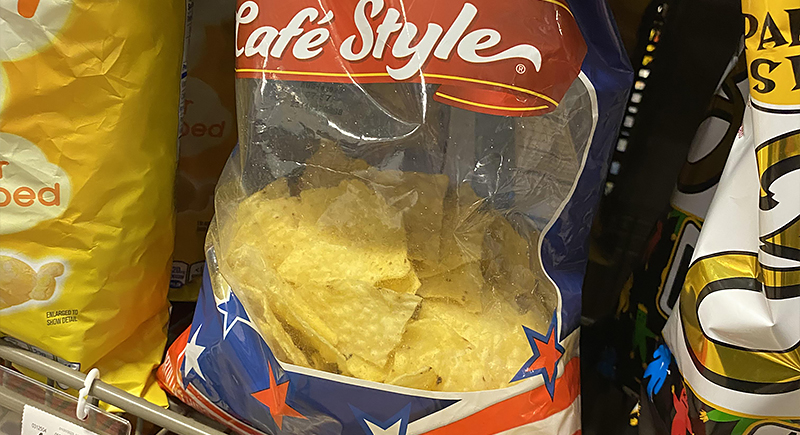
Credit: Reddit
Have you ever been super disappointed by the amount of chips or popcorn that come in oversized bags? Yep, the rest is just filled with air. While the air cushions the product during shipping, it’s rather saddening to find the actual contents far smaller than the package suggests. Clearer labeling or smaller bags would help set more accurate expectations for buyers.
Butter Wrapped in Sticky Paper
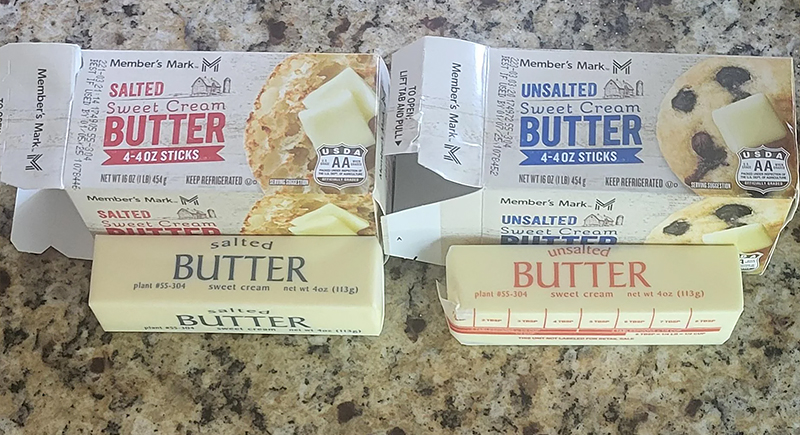
Credit: Reddit
Butter sticks are typically wrapped in wax paper that sticks to the surface. Removing the paper, especially if the butter is cold, can be quite a task. Not only does it get frustrating, but it could also add up to the time for cooking or baking. Switching to a slightly slicker or lined material would make this process far easier.

